Ultimate Guide to Proving Angles Congruent: Techniques and Tips
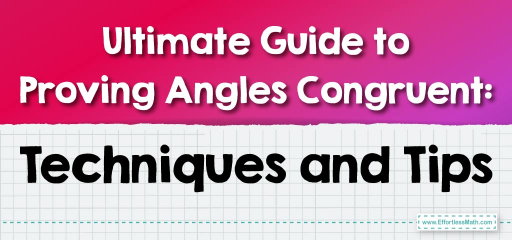
- Angle Congruence Reflexive Property: Every angle is congruent to itself.
- Angle Congruence Symmetric Property: If \( \angle A \cong \angle B \), then \( \angle B \cong \angle A \).
- Angle Congruence Transitive Property: If \( \angle A \cong \angle B \) and \( \angle B \cong \angle C \), then \( \angle A \cong \angle C \).
- Vertical Angles Theorem: Vertical angles (angles opposite each other when two lines intersect) are always congruent.
- Identify Given Information: Start with the data provided in the problem.
- Apply Relevant Postulates: Use the appropriate postulate or theorem to establish angle congruence.
- Provide Justification: Utilize two-column proofs or a well-explained rationale to justify each step.
Examples
Solution:
| Statements | Reasons |
|---|---|
| Angle \(1\) and Angle \(2\) are vertical angles. | Given. |
| Vertical angles are congruent. | Vertical Angle Theorem. |
| Angle \(1\) is congruent to Angle \(2\). | From statements \(1\) and \(2\). |
Example 2: Angles Formed by Parallel Lines and a Transversal
Given: Lines \(m\) and \(n\) are parallel and line \(t\) is a transversal. Angle \(3\) and Angle \(4\) are alternate interior angles.
Prove: Angle \(3\) is congruent to Angle \(4\).
Solution:
| Statements | Reasons |
|---|---|
| Lines \(m\) and \(n\) are parallel, and line \(t\) is a transversal. | Given. |
| Alternate interior angles formed by parallel lines and a transversal are congruent. | Alternate Interior Angle Theorem. |
| Angle \(3\) is congruent to Angle \(4\). | From statements \(1\) and \(2\). |
Practice Questions:
- If \( \angle M \) and \( \angle N \) are vertical angles, can we say they are congruent? Justify your answer.
- Given: \( \angle P \cong \angle Q \). Prove that \( \angle Q \cong \angle P \) using a two-column proof.
- Why is the reflexive property of angle congruence crucial in geometric proofs?
Answers:
- Yes, \( \angle M \) and \( \angle N \) are congruent because vertical angles are always congruent as per the Vertical Angles Theorem.
-
Statements Reasons 1. \( \angle P \cong \angle Q \) Given 2. \( \angle Q \cong \angle P \) Angle Congruence Symmetric - The reflexive property of angle congruence is crucial because it establishes that every angle is congruent to itself. This property often serves as a foundational step in many geometric proofs, especially when working with congruent triangles or parallel lines.
Related to This Article
More math articles
- The Ultimate 7th Grade STAAR Math Course (+FREE Worksheets)
- The Ultimate 6th Grade LEAP Math Course (+FREE Worksheets)
- How to Solve Real-Life Puzzles: Word Problems on Adding and Subtracting Fractions with Like Denominators
- The Ultimate 7th Grade IAR Math Course (+FREE Worksheets)
- Intelligent Math Puzzle – Challenge 81
- 10 Most Common 8th Grade MEAP Math Questions
- How to Line Up Decimals: The Orderly Approach to Decimal Numbers
- Top 10 ATI TEAS 7 Math Practice Questions
- Top 10 Geometry Books for High School Students
- Algebra Puzzle – Challenge 38


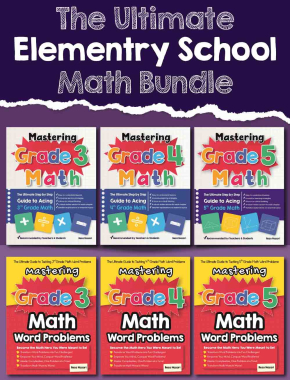

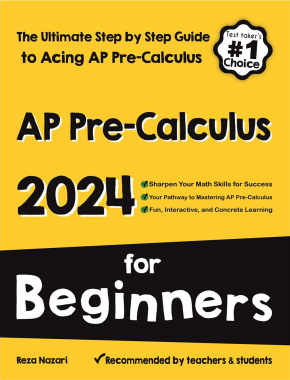
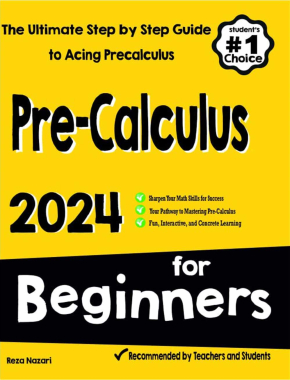
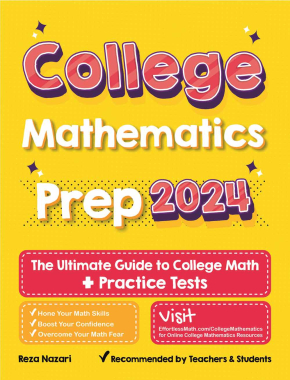


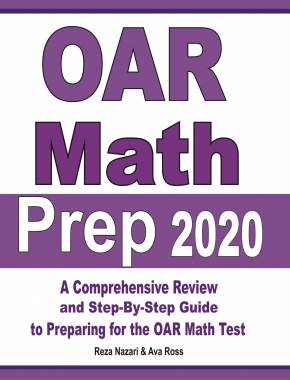
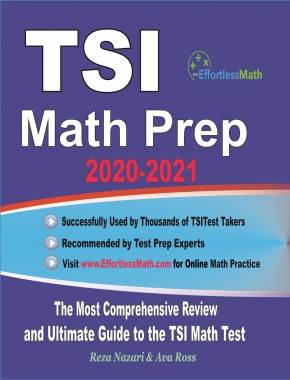
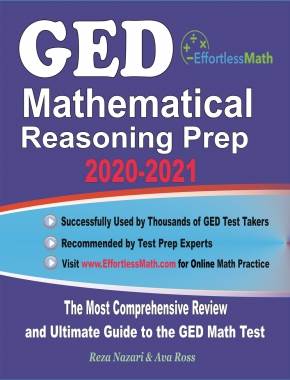
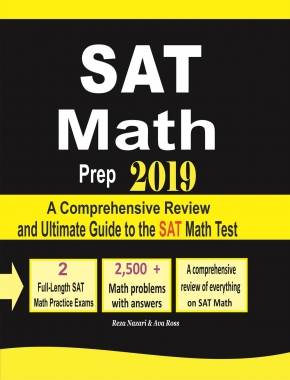
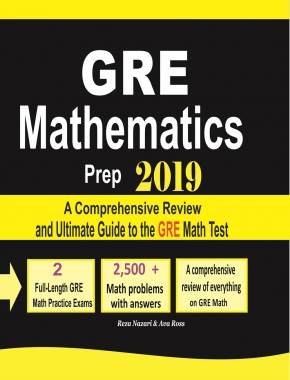
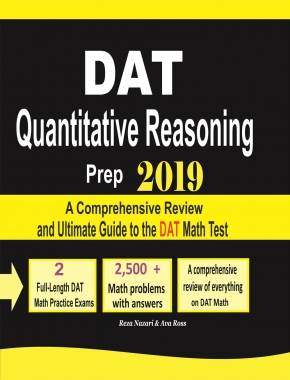
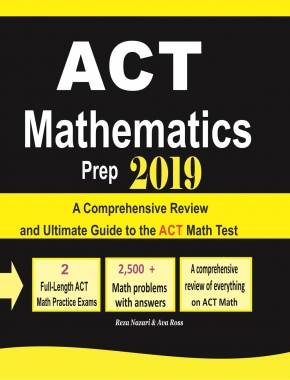
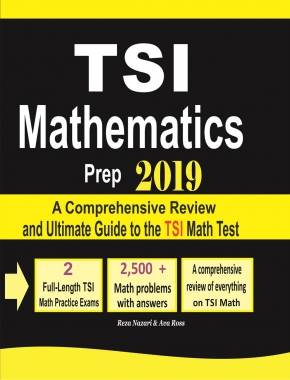











What people say about "Ultimate Guide to Proving Angles Congruent: Techniques and Tips - Effortless Math: We Help Students Learn to LOVE Mathematics"?
No one replied yet.